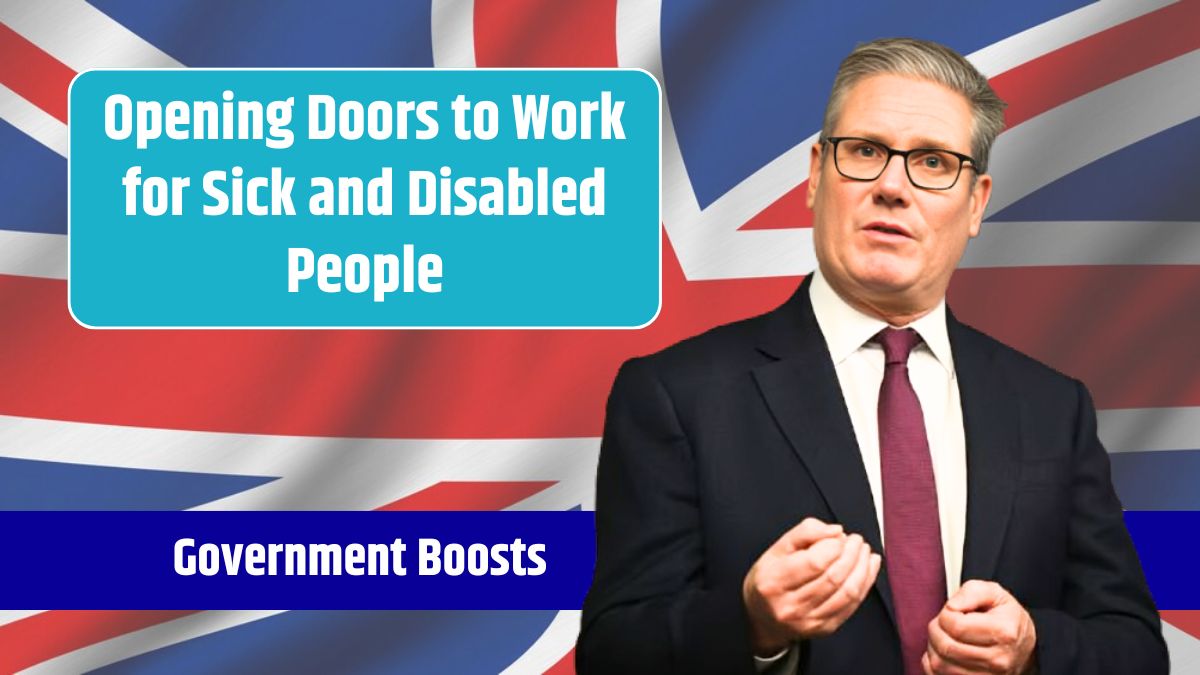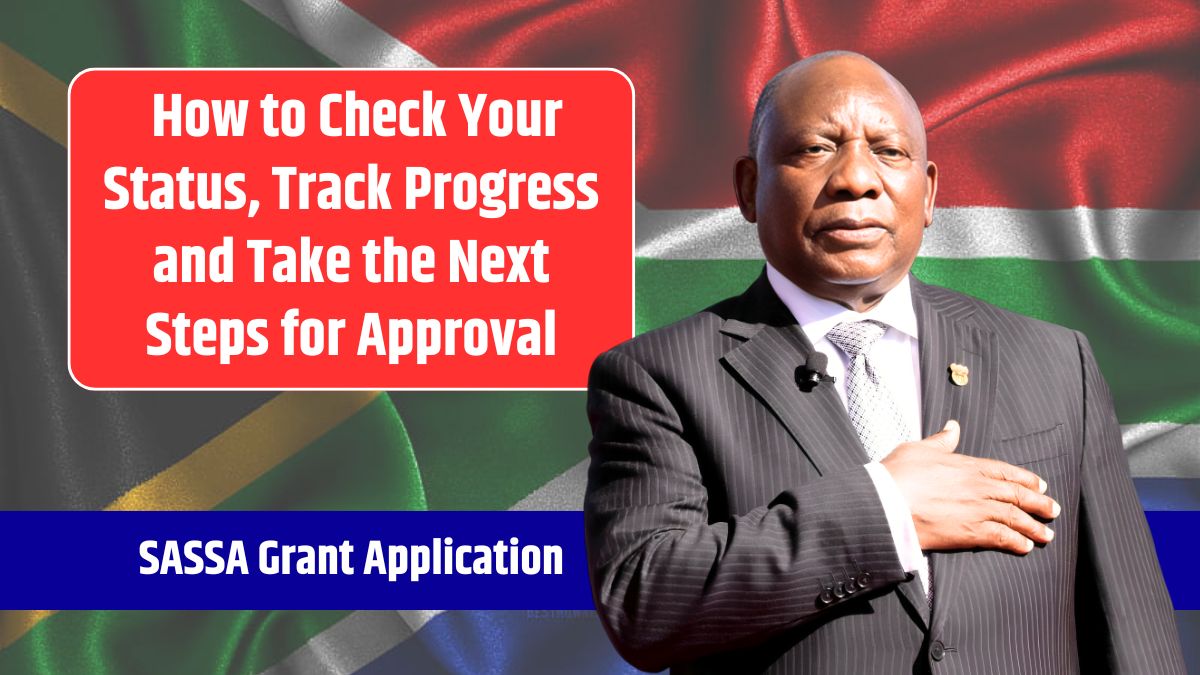The Department for Work and Pensions (DWP) has announced major changes to the welfare system to help thousands of sick and disabled people access work opportunities.
As part of the government’s Plan for Change, the initiative aims to reduce economic inactivity, provide better employment support, and rebuild trust in the benefits system.
With 3.1 million people now receiving health-related benefits—an increase of 319% since the pandemic—the government is introducing 1,000 Work Coaches to deliver intensive, voluntary employment support to those furthest from the job market.
Welfare System
- 1,000 Work Coaches deployed: These existing staff will focus on helping 65,000 sick and disabled people by offering personalized employment support.
- Tailored job assistance: Work Coaches will assist with CV writing, interview skills, and accessing employment programs.
- A major welfare reform package: Expected in the coming weeks, this will overhaul employment support and make the benefits system fairer and more sustainable.
- Investment in healthcare: An extra £26 billion will be spent to reduce NHS waiting lists and get more people back to work.
Changes
According to a recent DWP Perception Survey, nearly half of disabled people and those with long-term health conditions don’t trust the DWP to support them into work.
- 44% say the DWP does not provide enough help for disabled people out of work.
- 35% believe there is not enough employment support for working-age people.
- 39% don’t trust the DWP to consider their needs when providing services.
At the same time, 27% of health and disability benefit claimants say they could work in the future if their health improves, and 200,000 claimants say they are ready to work now.
New Approach
The Work and Pensions Secretary, Liz Kendall MP, said the government inherited a broken welfare system that fails sick and disabled people, burdens taxpayers, and holds the economy back.
Problems
- Traps people in economic inactivity: Many claimants feel pressured to prove they are unable to work rather than encouraged to look into what they can do.
- Lacks flexibility for fluctuating health conditions: The current system is built around a “can work” vs. “can’t work” divide, ignoring the reality that many conditions change over time.
- Fails to provide ongoing support: Once labeled as “unable to work,” claimants often receive no further assistance.
- Misses early intervention opportunities: There is little support to prevent people from falling out of work in the first place.
The upcoming reforms aim to fix these issues by providing personalized support, early intervention, and more flexible job opportunities for people with disabilities or long-term health conditions.
Boosting Healthcare
To support the reforms, the government is investing £26 billion to:
- Cut NHS waiting lists, reducing delays for treatments that could help people return to work.
- Expand mental health services, hiring 8,500 additional mental health workers.
- Launch specialist hospital programs in areas with high levels of economic inactivity, helping patients recover and return to employment faster.
The Bigger Picture
These changes build on the Get Britain Working White Paper, which introduced:
- A Youth Guarantee, ensuring every young person is either earning or learning.
- Jobcentre overhauls, improving employment support for those on benefits.
- Mayoral powers, giving local leaders more control over employment programs in their regions.
The government is also conducting the Keep Britain Working Review, led by former John Lewis boss Sir Charlie Mayfield, to look into how businesses and government can work together to prevent people from leaving work due to illness or disability.
Quick Facts and Figures
| Reform | Key Details |
|---|---|
| 1,000 Work Coaches | Supporting 65,000 sick and disabled people into work |
| £26 billion investment | Cutting NHS waiting lists and expanding mental health services |
| 200,000 claimants | Ready to work now if given the right support |
| 3.1 million | People on health-related benefits (319% increase since the pandemic) |
| 44% of disabled people | Don’t trust the DWP to support them into work |
The government believes these long-overdue reforms will help boost living standards, reduce welfare dependency, and grow the economy—ultimately achieving an 80% employment rate across the UK.
FAQs
When will the new Work Coach program start?
The redeployment of 1,000 Work Coaches will begin in 2025/26.
Who is eligible for the new employment support?
Sick and disabled people on health-related benefits who want to work.
How will these changes affect Universal Credit claimants?
More personalized job support and earlier intervention to help claimants find work.
What is the government doing to help disabled people stay in work?
Expanding mental health services, reducing NHS waiting times, and launching new job programs.
Where can I get more information about these reforms?
Visit GOV.UK for the latest updates on welfare and employment changes.















